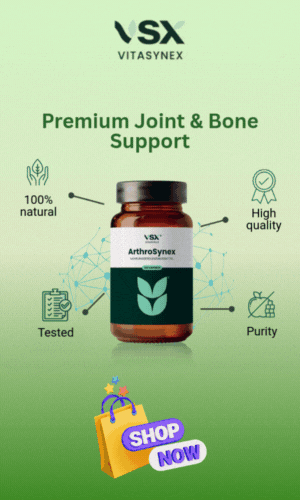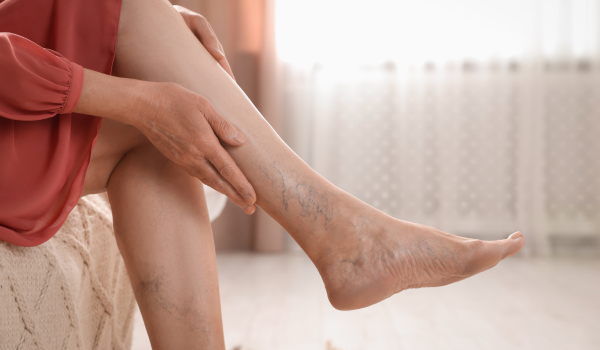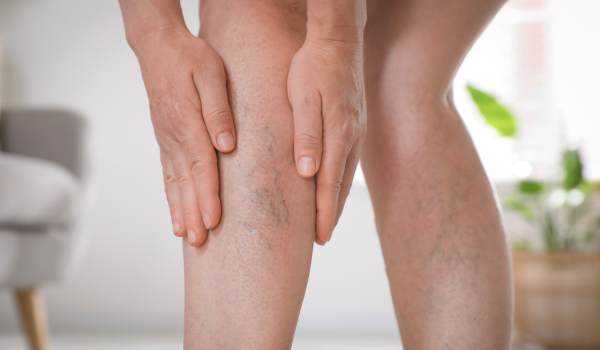.png)
What are venous ulcers?
Venous stasis ulcers, also known as venous leg ulcers, are chronic open wounds that typically form on the lower legs due to poor blood circulation. They are the most common type of leg ulcer, affecting millions of people globally, especially those over 60 or with underlying vein problems.
These ulcers result when veins in the legs fail to return blood efficiently to the heart. Over time, the pooling of blood increases pressure in the veins, damaging skin tissues and eventually causing them to break down. The result is a painful, slow-healing wound—often located near the ankle.
How they develop
Venous ulcers are usually the final stage of a chronic venous insufficiency (CVI) condition. The process of ulcer formation involves several stages:
-
Valve malfunction: When valves in the leg veins weaken or get damaged, they cannot prevent backflow of blood.
-
Blood pooling: Blood accumulates in the lower legs, leading to increased pressure within the veins (venous hypertension).
-
Tissue breakdown: The skin and underlying tissues become inflamed, oxygen-deprived, and vulnerable to breakdown.
-
Ulceration: Eventually, the skin gives way, creating a shallow sore that can widen and deepen without proper care.
Common causes
Several risk factors and underlying conditions can contribute to the development of venous stasis ulcers:
-
Chronic venous insufficiency
-
History of blood clots or DVT
-
Varicose veins
-
Obesity
-
Inactivity or sedentary lifestyle
-
Prolonged standing or sitting
-
Smoking
-
Older age
-
Previous leg injuries or surgeries
-
High blood pressure in the legs
In many cases, ulcers develop after relatively minor skin trauma in a person already experiencing poor venous circulation.
Recognizing early signs
Early recognition of symptoms can prevent an ulcer from forming or worsening.
Watch for:
-
Swelling in the lower leg or ankle (edema)
-
Heavy or achy legs, especially after standing
-
Thick, discolored, or hardened skin (lipodermatosclerosis)
-
Itchy or flaky skin near the ankle
-
Varicose veins
-
A shallow, reddish wound that doesn’t heal
If you notice these signs, it's critical to seek medical evaluation before a full-blown ulcer develops.
What venous ulcers look like
Venous ulcers often appear:
-
Shallow with irregular edges
-
Red or yellow in the wound bed
-
Surrounded by dark, hardened, or inflamed skin
-
Exuding clear or yellow fluid if infected
-
Located near the medial malleolus (inner ankle area)
Unlike arterial ulcers, they are usually not very painful unless infected, but they can cause discomfort and significant mobility issues.
Treatment overview
Treating venous stasis ulcers requires a comprehensive approach targeting both the ulcer itself and the underlying venous insufficiency. Key components include:
-
Wound care and dressing
-
Compression therapy
-
Infection management
-
Pain control
-
Addressing venous pressure
-
Lifestyle modification
Treatment is often long-term and requires patience and consistency for successful healing and prevention of recurrence.
Cleaning and dressing the wound
Proper wound care promotes healing and prevents infection.
Steps typically include:
-
Gently cleaning the wound with saline or mild cleanser
-
Removing slough or necrotic tissue (debridement) if needed
-
Applying a moisture-retentive dressing like hydrocolloid or foam
-
Using antimicrobial dressings if the wound is infected
-
Changing dressings as instructed (usually every 1–3 days)
Wound care should be supervised by a healthcare provider or wound care nurse for best outcomes.
Compression therapy
Compression is the cornerstone of venous ulcer treatment. It improves blood return to the heart and reduces leg swelling.
Options include:
-
Elastic compression bandages (e.g., Unna boot, four-layer systems)
-
Graduated compression stockings (20–40 mmHg)
-
Pneumatic compression devices for home use in certain cases
Compression should always be applied with medical guidance, especially in patients with arterial disease risk.
Managing infections
Venous ulcers are prone to bacterial infections due to their open nature.
Signs of infection:
-
Increased pain
-
Swelling
-
Redness and warmth around the wound
-
Pus or foul-smelling drainage
-
Fever
Treatment includes:
-
Topical antimicrobial dressings (silver, iodine)
-
Oral antibiotics (for spreading infections)
-
Culture-based treatment if wounds do not respond
Preventing infection is key to minimizing complications and speeding up healing.
How long healing takes
Healing time for venous ulcers varies based on severity, patient health, and consistency of care.
-
Mild ulcers: 4 to 8 weeks
-
Moderate to large ulcers: 12 to 20 weeks
-
Chronic ulcers: May take months or more than a year to heal
Healing is faster with strict adherence to compression, wound care, and lifestyle recommendations.
Surgical options
In some cases, especially for ulcers that don't respond to conservative treatment, surgery may be needed.
Surgical interventions include:
-
Vein ablation (laser or radiofrequency)
-
Vein stripping or ligation
-
Skin grafting (for non-healing ulcers)
-
Valve repair surgery
These procedures aim to correct the underlying venous issue and allow the wound to heal.
Preventing recurrence
Recurrence is a major challenge—over 70% of patients with a healed ulcer will develop another within five years if no preventive steps are taken.
Effective prevention strategies:
-
Daily use of compression stockings
-
Elevating legs above heart level for 15–30 minutes, 2–3 times daily
-
Avoiding prolonged standing or sitting
-
Staying active with walking or leg exercises
-
Keeping skin moisturized and protected
-
Monitoring leg swelling or color changes
Regular follow-ups with a vascular specialist or wound care center can help catch early signs of recurrence.
Lifestyle adjustments
Simple daily habits can make a big difference in preventing ulcers or improving healing:
-
Exercise regularly to improve calf muscle pump action
-
Lose excess weight to reduce venous pressure
-
Eat a diet rich in antioxidants, protein, and vitamin C to support skin healing
-
Avoid smoking which impairs circulation and oxygen delivery
-
Manage chronic conditions like diabetes, hypertension, and kidney disease
A proactive lifestyle supports both vein health and whole-body wellness.
Skin care tips
Proper skin care around the ulcer area prevents further damage and supports recovery.
-
Use non-perfumed moisturizers to prevent dryness
-
Avoid harsh soaps or hot water
-
Protect against injury from bumps or scratches
-
Watch for signs of fungal infections in warm, moist areas
-
Don’t scratch or rub itchy skin—use topical creams instead
Good hygiene and skin care are critical, especially when wearing compression garments.
Emotional and social impact
Living with a venous ulcer can affect more than just physical health. It may lead to:
-
Embarrassment or social withdrawal
-
Sleep disturbance due to discomfort
-
Reduced mobility or work capacity
-
Anxiety over appearance or smell
-
Depression from prolonged healing
Support from healthcare teams, wound clinics, or peer groups can ease the emotional burden and promote better outcomes.
When to see a specialist
Early consultation with a vascular or wound care specialist is essential if:
-
An ulcer doesn’t heal within 4 weeks
-
There’s significant swelling or signs of infection
-
You’ve had previous venous ulcers
-
Compression isn’t effective or tolerated
Specialists can provide advanced therapies and diagnostic imaging to guide treatment plans.
Conclusion: healing is possible
Venous stasis ulcers can be stubborn, but with proper care and preventive strategies, they can heal—and even be avoided in the future. Success depends on addressing both the open wound and the underlying venous dysfunction.
With compression, wound care, and daily habits like elevation and walking, patients can restore skin health and prevent the recurrence of painful ulcers. The key is consistency, early intervention, and a commitment to long-term vein health.

.png)
.png)
.png)
.png)
.png)
.png)
.png)
.png)
.png)



